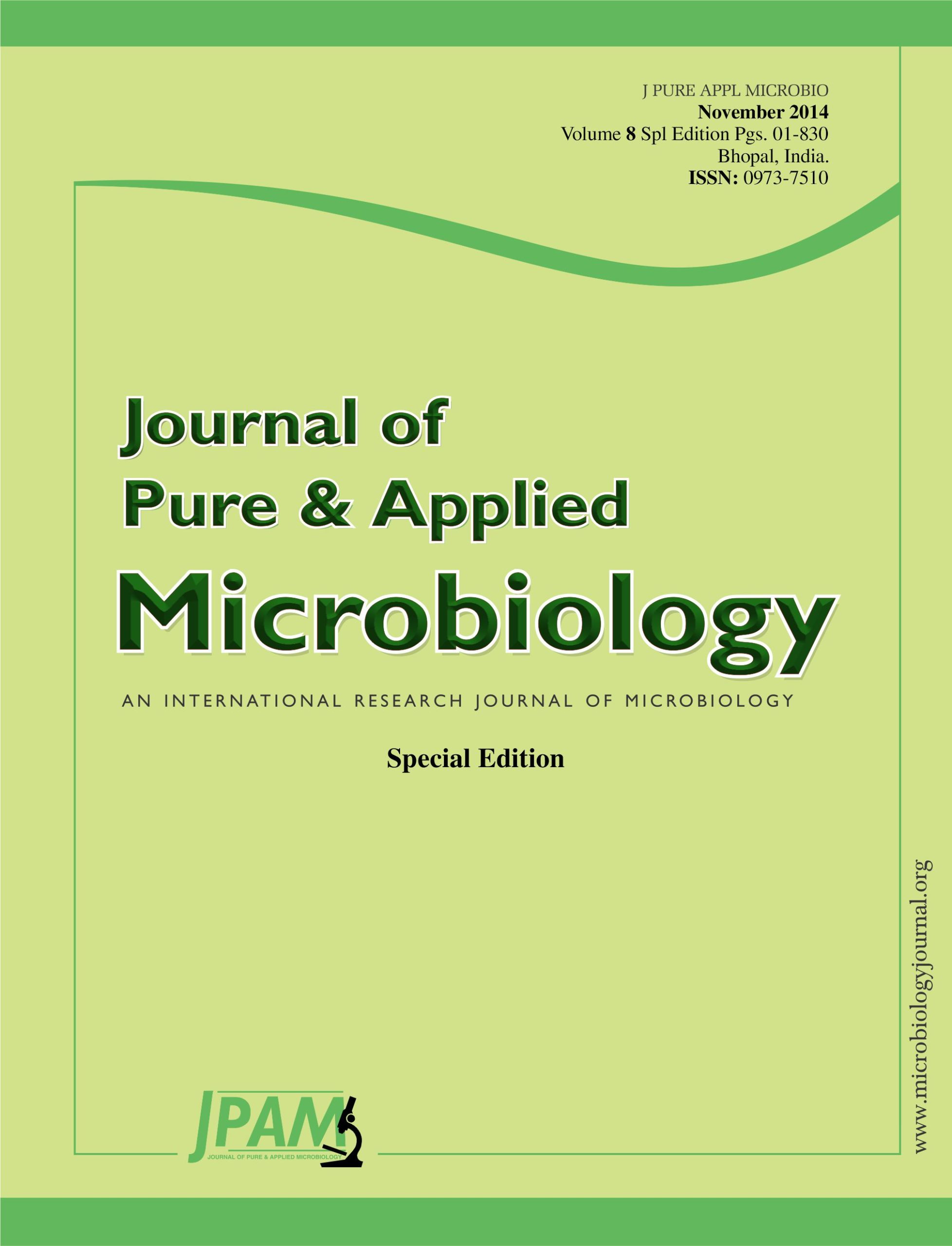The ongoing climate change plays an important role in changing snow pattern and its related ecological processes in alpine biomes. There are obvious natural snow patches with different snow thickness in the alpine forest at late freezing-thawing period between winter and growing season. These snow patches can have strong effects on soil microbial community structure and microbial activity by affecting soil temperature and humidity, but little information has been available on. Therefore, the effects of snow thickness on the characteristics of cultivable bacteria and bacterial physiological groups in the soil organic layer were studied in an alpine Abies faxoniana primary forest. The traditional plate culture method and the most probable number method were used to determine the numbers of specific microbial physiological groups, including ammonifying bacteria, denitrifying bacteria, nitrifying bacteria, aerobic cellulose decomposing bacteria, and anaerobic cellulose decomposing bacteria. The results indicated that snow thickness significantly influenced the numbers of bacteria and its physiological groups in the organic layer, although different bacterial physiological groups showed various responses to snow cover in different soil layers. Compared with others, ammonifying bacteria, nitrifying bacteria and anaerobic cellulose decomposing bacteria exhibited the higher number under the thickest snow patch than other snow patches. The number of denitrifying bacteria showed a decrease tendency with the increase of snow thickness, but few differences were observed in the number aerobic cellulose decomposing bacteria under different snow patches with different thickness. In addition, the numbers of bacterial physiological groups at the later freezing-thawing period in this alpine forest showed the order as: ammonifying bacteria> denitrifying bacteria > nitrifying bacteria > aerobic cellulose decomposing bacteria > anaerobic cellulose decomposing bacteria. The results here suggest that nitrogen cycling driven by ammonifying bacteria, denitrifying bacteria and nitrifying bacteria would be more sensitive to snow cover change compared with C cycling driven by cellulose decomposing bacteria in the scenario of climate change.
Snow cover, Soil organic layer, Cultivable bacteria, Bacterial physiological groups, Alpine forest
© The Author(s) 2014. Open Access. This article is distributed under the terms of the Creative Commons Attribution 4.0 International License which permits unrestricted use, sharing, distribution, and reproduction in any medium, provided you give appropriate credit to the original author(s) and the source, provide a link to the Creative Commons license, and indicate if changes were made.


